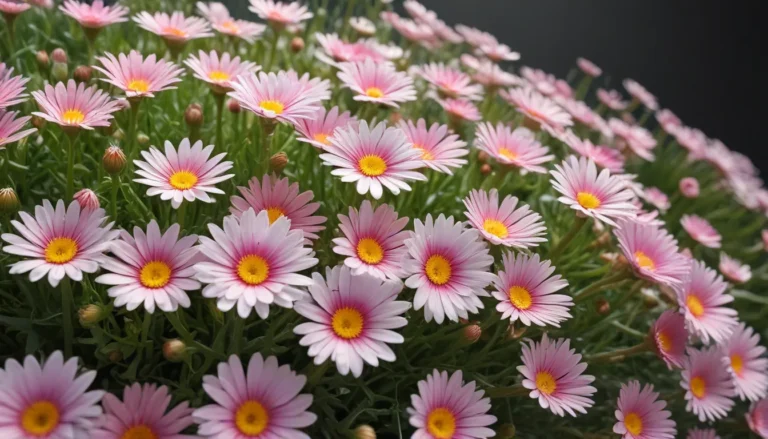The pictures we use in our articles might not show exactly what the words say. We choose these pictures to make you interested in reading more. The pictures work together with the words but don’t take their place. The words still tell you the important facts.
Crataegus, also known as hawthorn, is a versatile plant that has captured the hearts of plant enthusiasts, herbalists, and nature lovers alike. From its stunning botanical features to its numerous health benefits, Crataegus is a plant worth exploring. In this article, we will delve into 15 mind-blowing facts about Crataegus that will ignite your curiosity and deepen your appreciation for the wonders of the natural world.
The Versatile Crataegus Plant
Crataegus, commonly known as Hawthorn, is a genus of shrubs and small trees that belong to the Rosaceae family. These resilient plants are native to temperate regions in North America, Europe, and Asia, where they thrive in various soil types and climate conditions. With over 200 species worldwide, Crataegus offers a diverse array of shapes, sizes, and flower colors, each sharing similar characteristics and benefits.
Medicinal Uses and Health Benefits
Crataegus has been treasured for centuries in herbal medicine for its numerous health benefits. From supporting cardiovascular health to boosting the immune system and reducing anxiety, this plant is a powerhouse of wellness. The berries of Crataegus are not only edible with a tangy, sweet flavor but also rich in antioxidants, making them a valuable addition to jams, jellies, and herbal teas.
Captivating Botanical Features
The flowers of Crataegus showcase a fragrant aroma and are often used in natural skincare products for their anti-inflammatory and soothing properties. Some species of Crataegus have thorns, serving as a natural defense mechanism against herbivores, while also providing food and shelter for birds during winter months. In spring, the plant displays clusters of white, pink, or red flowers that attract pollinators like bees and butterflies, adding to its aesthetic appeal.
Traditional Folklore and Cultural Significance
In traditional folklore, Crataegus was believed to possess protective and magical properties, warding off evil spirits and bringing good luck to the home. The name "Crataegus" itself stems from the Greek word "kratos," meaning strength, reflecting the long-standing belief in the plant's therapeutic properties and its ability to strengthen the body. The wood of Crataegus trees is dense and hard, ideal for making tool handles and small crafts due to its durability and resistance to decay.
Unveiling the Marvels of Crataegus
Crataegus, with its rich history and multifaceted benefits, continues to captivate researchers, herbalists, and nature enthusiasts. Whether you seek to enhance your heart health, boost your immune system, or simply revel in the beauty of nature, Crataegus is a plant that promises a world of discovery.
FAQs
- What is Crataegus?
-
Crataegus, commonly known as hawthorn, is a genus of shrubs and trees belonging to the Rosaceae family. It is native to temperate regions of Europe, Asia, and North America.
-
What are the health benefits of Crataegus?
-
Crataegus supports cardiovascular health, improves blood circulation, strengthens the immune system, and possesses antioxidant properties with potential anti-inflammatory effects.
-
How can Crataegus be used?
-
Crataegus can be consumed in various forms, including tea, capsules, extracts, tinctures, and topically in creams and ointments. Consult a healthcare professional before use.
-
Are there any side effects or precautions to consider?
-
While generally safe, Crataegus may interact with certain medications. Consult a healthcare professional before use, especially if you have underlying medical conditions.
-
Can Crataegus be grown in a garden?
-
Yes, Crataegus can thrive in gardens, offering beautiful flowers and vibrant berries in a visually appealing addition to any landscape.
-
Is Crataegus the same as Hawthorn?
- Yes, Crataegus is commonly known as hawthorn, deriving its name from the thorny branches that characterize the plant.
Experiencing the Wonder of Crataegus
As you explore the enchanting world of Crataegus, take a moment to appreciate the beauty, history, and benefits that this remarkable plant has to offer. Whether you seek to strengthen your body, soothe your spirit, or simply bask in the wonders of nature, Crataegus is a plant that promises a world of discovery. Embrace the magic of Crataegus and let its beauty and benefits inspire you on your journey of exploration and wellness.






